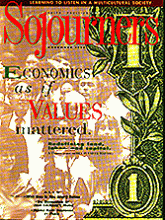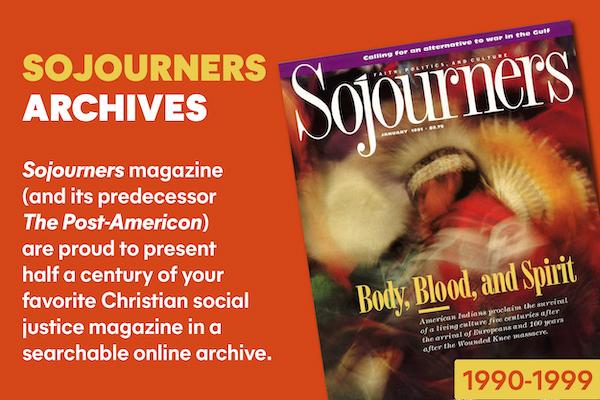Most communities do not live together. As we poll our "sharers of the sojourn" (those participating in the "Sharing the Sojourn" program should have received a questionnaire recently in the mail) about their experience of community, we can almost predict one result. Most will say that they live alone, or in a family, or with one or two others in a group situation. Intentional, live-in communities are by far the exception.
Judging from the model of base Christian communities (BCCs) in Latin America, this is how it should be. The overwhelming majority of BCCs there are comprised of individuals and couples who have a keen sense of the communal, but who live in traditional single or family homes. Their weekly gatherings nurture a sense of commonality that gives shape to the rest of their day-to-day activities. What is more, Latin American base communities flourish more in rural areas than in cities. This is due mainly to the mobile and transient nature of urban living.
In our citified U.S. society, all of us belong to several communities. Throughout our lives we relate more or less strongly with our immediate and extended families; we often form community with co-workers; surely our social circles offer many elements of community; our political activities can give rise to a vigorous experience of community; and the various expressions of our faith life (church congregations, parishes, Bible study groups, etc.) easily lend themselves to forming community. Often our problem lies in giving each of these groups the attention they are due.
Read the Full Article

